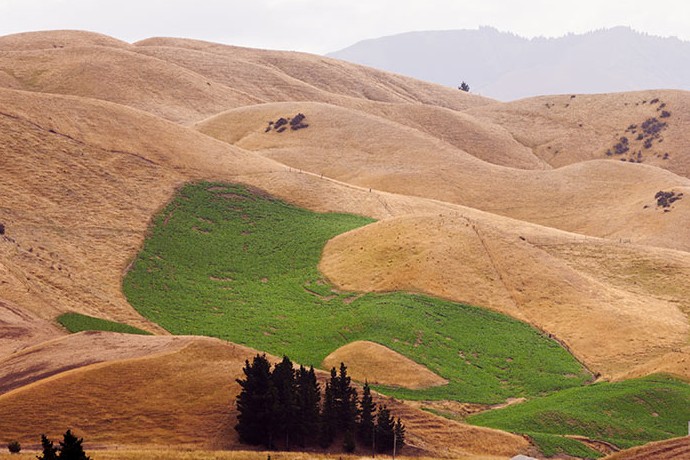Assessing changing precipitation effects on dryland agriculture production

As the atmosphere warms over much of the globe, precipitation events are predicted to become fewer but larger. This increasing precipitation intensity is expected to be a major driver of changes in terrestrial ecosystems in the coming decades. Yet, only two multi-year experiments testing the effects of increasing precipitation intensity have been performed anywhere in the world. As a result, little is known about how crops of the western US will respond to increasing precipitation intensity. Here we propose to test the effects of increased precipitation intensity on dryland agriculture in Cache Valley, Utah, USA.
In addition to providing an experimental test, results from the proposed research will be used to inform a broader understanding of precipitation intensity effects on plant growth, fire regimes and feedbacks between the biosphere and atmosphere. This will be accomplished by using experimental data to parameterize and test ecohydrological models. These models can then be used to help lead the selection and development of dryland crop species that are best adapted to future climate conditions. This research, therefore, is expected to reduce dryland crop variability and increase dryland crop profitability. Results will also be a part of a comprehensive experiment that will assess precipitation effects across a wide range of ecosystems common to the intermountain west and inasmuch will help farmers, ranchers and foresters anticipate and manage for changing climate conditions.

